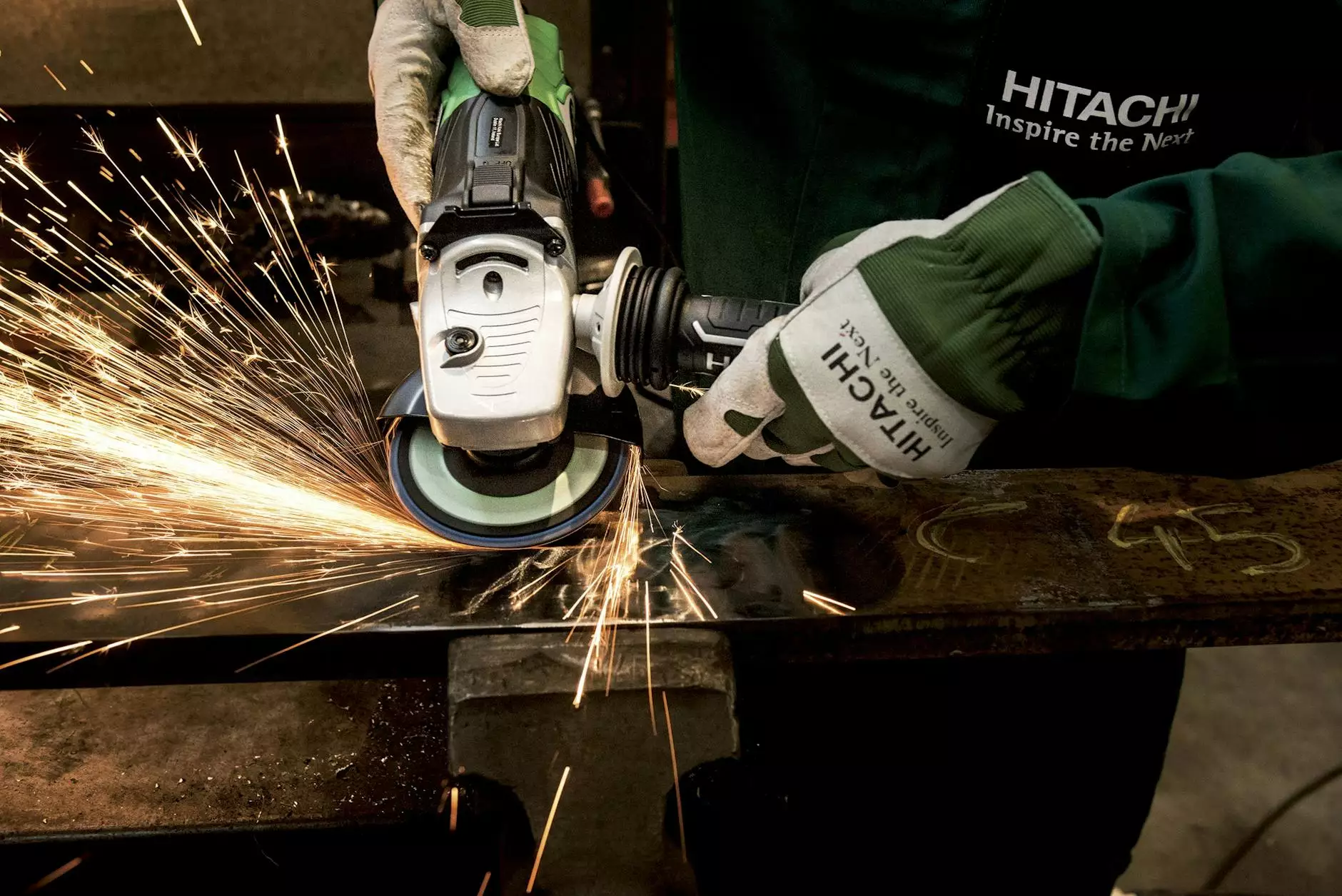Lambda Sensor vs O2 Sensor: Understanding Oxygen Sensors
Content Marketing
Welcome to SEO Studios, your go-to source for in-depth knowledge about automotive sensors. In this comprehensive guide, we'll delve into the fascinating realm of lambda sensors vs O2 sensors, lambda oxygen sensor readings, and everything you need to know to understand and interpret lambda values in the automotive industry.
What Are Lambda Sensors and O2 Sensors?
Before we explore the differences between lambda sensors and O2 sensors, let's first understand what each of these sensors does.
- Lambda Sensor: A lambda sensor, also known as an oxygen sensor, is a crucial component in the exhaust system of a vehicle. It measures the oxygen content in the exhaust gases to ensure optimal fuel-air mixture for efficient combustion.
- O2 Sensor: An O2 sensor, short for oxygen sensor, is responsible for detecting the oxygen levels in the exhaust stream. It helps the engine control unit (ECU) adjust the air-fuel ratio to maintain performance and reduce emissions.
Lambda Sensor vs O2 Sensor: Key Differences
While both lambda and O2 sensors serve similar purposes in monitoring oxygen levels, there are notable differences between the two:
- Lambda Sensor Meaning: Lambda sensors are more commonly known as wideband oxygen sensors due to their ability to measure the air-fuel ratio in a wider range compared to standard O2 sensors.
- Lambda Sensor Readings: Lambda sensors provide lambda values, which represent the air-fuel ratio relative to the stoichiometric ratio. O2 sensors, on the other hand, primarily detect oxygen levels for feedback control.
Understanding Lambda Readings and Values
When analyzing lambda sensor readings, it's essential to interpret the values correctly to ensure optimal engine performance. The following are some key points to keep in mind:
- What Should Lambda Readings Be? Ideally, lambda readings around 1.0 indicate a stoichiometric air-fuel ratio, ensuring complete combustion and maximum efficiency.
- Probe Lambda Sensor: A probe lambda sensor is a specific type of lambda sensor designed to precisely measure the air-fuel ratio in exhaust gases.
Exploring the World of Lambda Sensors
Whether you're a car enthusiast, a mechanic, or simply curious about lambda sensors, diving into the intricacies of these sensors can enhance your understanding of automotive technology.
The Role of Lambda Sensors in Automotive Industry
Within the automotive industry, lambda sensors play a vital role in optimizing engine performance, reducing emissions, and ensuring compliance with environmental regulations.
Lambda Sensors in Action
From measuring exhaust gas composition to providing real-time feedback to the ECU, lambda sensors are instrumental in maintaining the engine's efficiency and environmental friendliness.
Conclusion
In conclusion, understanding the nuances of lambda sensors vs O2 sensors is essential for anyone working with automotive technology. By grasping the significance of lambda readings and values, you can enhance your diagnostic capabilities and ensure optimal engine performance. Dive into the world of lambda sensors with SEO Studios and unlock the potential of automotive sensor technology.









